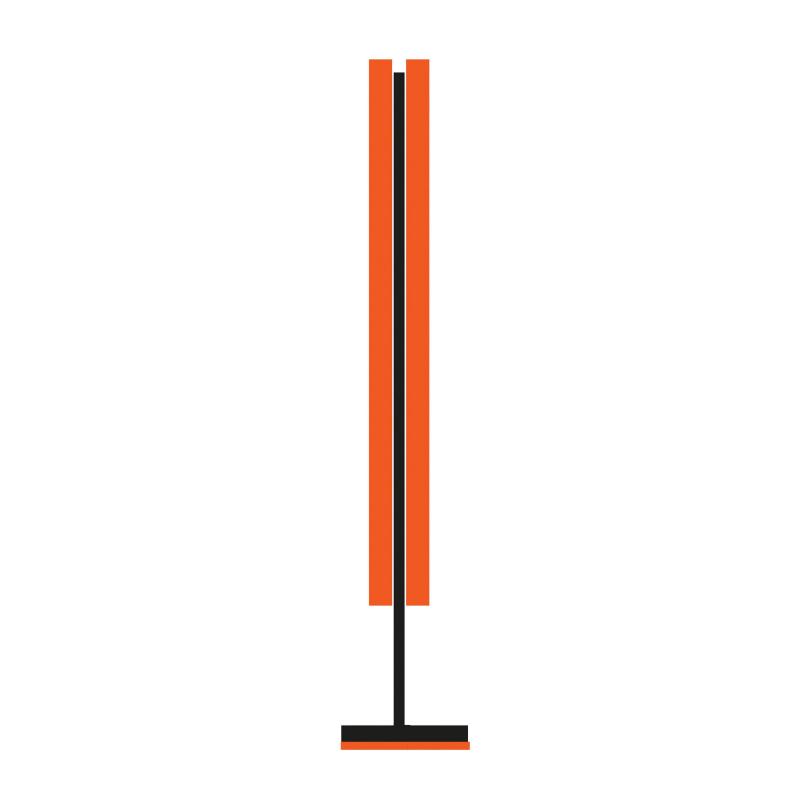Structural treatments on double – sided painting
The La Venaria Reale Conservation and Restoration Centre (CCR) has joined ‘Conserving Canvas’, an international funding initiative promoted by the Getty Foundation and focused on projects related to the conservation of paintings on canvas – structural treatments on textile supports.
As part of this initiative, we have developed a comprehensive training project to enable the exchange of ideas and the transfer of skills between professionals: We are very happy to invite you to a open and free digital event which will be hosted on Zoom and divided into four days:
- STRUCTURAL TREATMENTS ON DOUBLE-SIDED PAINTINGS – 18 November
- EXPERT MEETING – 23, 24, 25 November
At this link you will find the complete program and instructions for registration:
https://lnkd.in/e-BJdX3
For further questions you can send an email to:
education@centrorestaurovenaria.it
To deepen the case study of the banner painted by Giulio Cesare Procaccini:
The project stems from a case study particularly significant for the theme of conservation of paintings on two sides: a badly damaged processional banner painted front and back by Giulio Cesare Procaccini between 1615 and 1620.
The work measures 230 x 220 cm; originally made for the Oblates of St. Ambrose and Charles of Milan, in 1805 it entered the collections of the Pinacoteca di Brera where it was exhibited until about 1850 and subsequently placed in storage due to its compromised conservation conditions.
From a technical point of view, the work has the characteristics of a traditional oil painting on a linen textile support, with preparatory and pictorial layers on both sides. It has undergone at least two interventions in the past, the last of which in the 1980s by the restorer Franco Rigamonti. Both interventions provided for structural operations such as compensation for lacerations and the application of inserts in correspondence with the large gaps. In addition, during the last restoration, Rigamonti applied a transparent liner on one side (front) using a silk canvas with a PVAc-based adhesive (probably Mowilith) and tensioned the work on an aluminium frame with corner springs.
The previous interventions have not solved the problems of conservation of the banner and, in particular, the insertion in the metal frame has caused very evident degradation phenomena.
The main conservative problem is the fragmentation of the support caused by the presence of almost 170 cracks. The causes are to be found in the historical use function of the product, in the degradation of the textile fibres and in the overstretching of the painting. Adhesives used in the past are no longer suitable and show loss of adhesion and cohesion. The original canvas also has some deformations and excessive rigidity and fragility caused by the presence of non-original materials on the pictorial surface.
The peculiarities of the banner, being painted on both sides and its compromised state of preservation, require a specific assessment of the most suitable methods and materials for restoration. In addition, the need to display and preserve the work correctly – vertically and in such a way that it is visible on both sides – and the desire to avoid a new lining, require an in-depth study of the mechanical properties of the materials to be used to compensate for lacerations.




















